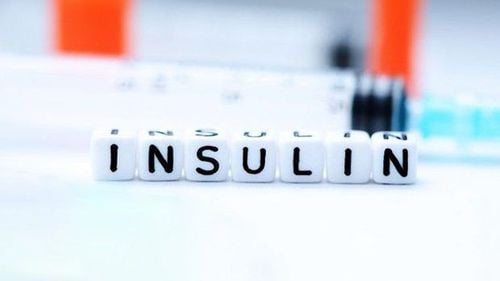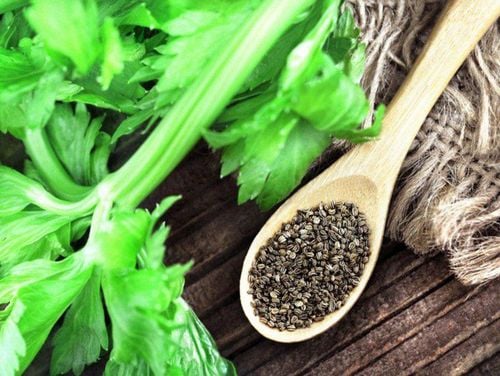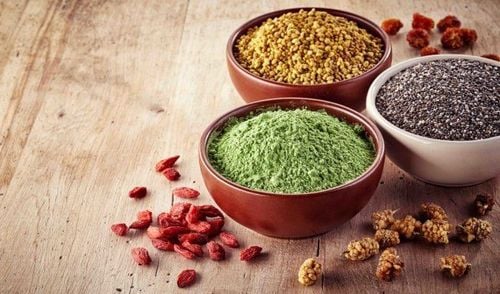This is an automatically translated article.
In fact, consuming foods high in sugar can cause blood sugar levels to rise, leading to an increased risk of diabetes. However, we can rely on the glycemic index of foods to make nutritional choices with the lowest possible sugar content in foods.1. Learn about the glycemic index in food
The glycemic index of a food, abbreviated as GI, is different from the glycemic index on a diabetic test sheet. The glycemic index measures how quickly or slowly a certain food raises blood sugar levels after eating it relative to glucose.Suppose, foods all have the same amount of sugar, but after you eat them, their impact on blood sugar levels will be in different degrees. Through the glycemic index will help you make more reasonable choices for foods to be added to your daily diet. The higher the glycemic index of foods, the stronger the ability to raise blood sugar after eating. In contrast, foods with a low glycemic index have a gradual impact on postprandial blood sugar.
In general, the glycemic index of foods will be divided into 3 different levels, including GI below 55 (low), GI ranging from 56 - 74 (medium) and GI over 75 (high) ). On the other hand, the glycemic index of each food can be influenced by many factors, such as the type of sugar present in the food, the amount of sugar, and the processing of the food. Some studies have found that you can determine the glycemic index of a food based on the fiber content. Specifically, foods high in soluble fiber often have a low glycemic index.
If there is an excess of sugar in your blood, it will lead to the risk of diabetes. Here are the blood sugar readings of a normal person studied by the American Diabetes Association:
Fasting blood sugar level: usually ranges from 90 - 130 mg/dL (equivalent to 5.0 - 7.2 mmol). /L) Blood sugar level 2 hours after eating: less than 180 mg/dL (or less than 10 mmol/L) Normal blood sugar level: ranges from 110 - 150 mg/dL (equivalent to 6.0 - 8.3 mmol/ L)
2. Factors affecting the glycemic index of food
Many people believe that the more cooked foods are, the higher their glycemic index. In fact, this concept is not always correct. The reason why a food's glycemic index depends on many different conditions or factors, including:How the food is prepared: for example, baked potatoes with whole tubers will have a lower GI than the type. finely mashed potatoes. Or, whole fruit will also have a lower GI than fruit juice. Cooking time: Generally, the more thoroughly foods are cooked for a long enough time, the higher their GI. Type of rice: research shows that short grain white rice has a higher glycemic index than brown rice, but long grain white rice has a lower glycemic index than brown rice. If you're concerned about the effect of foods on the glycemic index of foods on your blood sugar, you can combine foods that are high in protein, fat, or have a sour taste with foods with a high GI. , as this can lower blood sugar levels after meals.
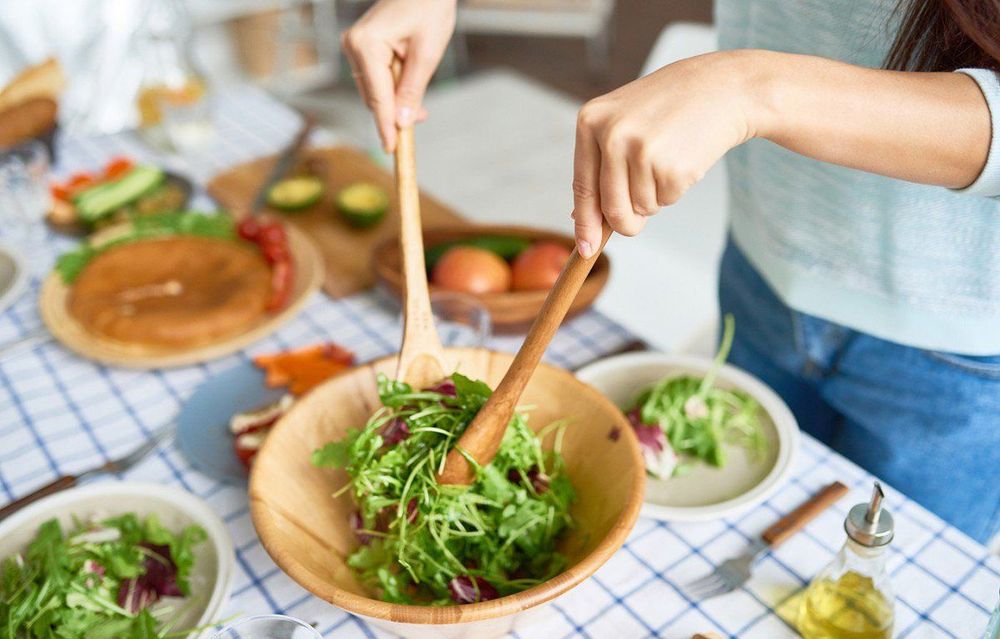
Lượng đường huyết thực phẩm phụ thuộc vào cả cách chế biến thực phẩm
3. The glycemic index of common foods
The glycemic index of foods is often measured based on how quickly that food converts to sugar after eating, not determined by inherent sweetness or lightness.Low GI foods or drinks (GI < 56) are usually low-carbohydrate vegetables, so they won't have too much of an impact on your body's blood sugar levels after eating. In addition, you can also choose some other low glycemic index foods such as citrus fruits, pears, peaches, apples, lentils, soybeans, peas, red beans, grapes, bananas , kiwi or milk or dairy products. Besides, whole grain oats also raise blood sugar levels slowly. For this food group, you should increase the addition in your daily meals, especially those with diabetes. Because the purpose is to help reduce the possibility of a sudden increase in blood sugar levels after eating, and at the same time to control blood sugar well.
Foods or beverages with a moderate glycemic index (ranging from 56 to 69) typically include rice, brown rice, flour, oatmeal, orange juice, and honey. These foods are usually absorbed and raise blood sugar levels at a moderate rate.
Finally is the group of foods with a high glycemic index (GI > 70), which often includes starchy foods such as: white bread, potatoes, cookies or pumpkin. These foods have the ability to absorb and metabolize sugar quickly, thereby raising blood sugar levels quickly. People with diabetes need to limit the use of foods high in sugar. Instead of eating white rice, you can replace it with brown rice because they are rich in soluble fiber, which has been shown to not have too much impact on postprandial blood sugar levels. A Harvard University study has shown that when eating about half a cup of brown rice per day will reduce the rate of diabetes by up to 16%.

Gạo lứt được chứng minh là không tác động quá nhiều đến đường huyết sau ăn
4. Should be careful when using foods high in sugar
Consuming too much sugar will adversely affect your overall health. It also contributes to an increased risk of type 2 diabetes and a number of other conditions, such as heart disease, obesity, and cancer. Here are some high-sugar foods that you should consider before consuming:Fruit juice: In general, fruit juice often provides a large amount of essential vitamins and minerals. It sounds like a healthy option for your daily diet. However, with these vitamins or minerals comes a large amount of sugar and very little fiber. In fact, the sugar content measured in a glass of fruit juice is much higher than in eating whole fruit. Therefore, when drinking fruit juice, you accidentally consume a large amount of sugar quickly into the body. This can raise your body's blood sugar levels. It is best to eat whole fruit or reduce the amount of fruit juice consumed daily to stabilize blood sugar levels as well as maintain a healthy figure. Low-fat yogurt: Yogurt is inherently a healthy food, but not all yogurts provide the same nutritional benefits. According to research, in 245 grams of low-fat yogurt (one cup) can provide about 45 grams of sugar, equivalent to 11 teaspoons. Thus, eating one cup of low-fat yogurt is well over the daily intake limit for both women and men. Ideally, you should limit your consumption of yogurts with added sugar to prevent their impact on blood sugar levels in the body. Chocolate milk: although this is a fairly nutritious drink for health due to its rich nutrient content, including protein and calcium. However, it is often added sugar during the preparation process, which can increase your blood sugar level after drinking it. Tomato sauce: actually a tablespoon of ketchup is almost equal to a teaspoon of sugar. Although this is one of the most popular and loved spices, it contains a lot of sugar. Consuming a lot of ketchup can quickly raise your blood sugar levels. Canned fruit: Most fruits have a certain amount of natural sugar, but canned fruit is often added sugar syrup for long-term preservation. The processing and canning process inadvertently removes many of the fruits' valuable nutrients, including vitamin C and fiber, and adds a significant amount of sugar to them.
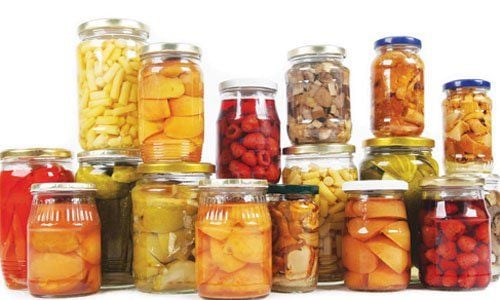
Quá trình chế biến, đóng hộp đã vô tình loại bỏ đi nhiều chất dinh dưỡng quý giá của trái cây, bao gồm vitamin C và chất xơ đồng thời bổ sung lượng đường đáng kể
If you need more in-depth advice on a complete diet to avoid the risk of diseases, you can go to Vinmec International General Hospital to check your overall health and receive advice from nutrition experts.
Please dial HOTLINE for more information or register for an appointment HERE. Download MyVinmec app to make appointments faster and to manage your bookings easily.
Source: nutrition.org.uk



